 Under the Moon: A Catwoman Tale
Under the Moon: A Catwoman Tale
Writer: Lauren Myracle
Artist: Isaac Goodhart
Publisher: DC Ink
Did anyone in Gotham have a happy childhood? Probably not. Either way, I don’t think anyone would assume Catwoman had a past full of sunshine and parental nurturing. In Under the Moon: A Catwoman Tale, written by Lauren Myracle and illustrated by Isaac Goodhart, young Selina Kyle cultivates her own self-reliance as an only child to a neglectful mother and belligerent, abusive step-father. While the story is certainly fitting, the execution leaves a lot to be desired.
These days, lots of us enjoy a story about empowerment, victims becoming their own heroes especially. Captain Marvel had a lot of this in mind. Essentially, Carol Danvers explicitly challenges who she is told to be versus who she wants to be and even tells a former mentor, “I have nothing to prove to you.” These ideas are great, but crafting the story around them can be dicey. In the Captain’s case, her personality remained virtually static despite memory loss, brainwashing, and eventual triumph. She was always trying to make quips and be funny, but I don’t remember almost anyone in my audience laughing. Hell, it’s like when a new Assassin’s Creed comes out and the new protagonist is another wise-cracking misfit that doesn’t play by your daddy’s rules. (The contrast here is that most of those characters mature in the face of tragedy.)
Myracle’s version of Selina Kyle is no different. She frequently comes off in ways that seem like you should be impressed by her cleverness, before and after running away from home. By the end of the graphic novel, it occurred to me there was nothing I would praise this character for accomplishing. The abuse and tragedy she suffers are seriously heavy themes, but it barely gels with her own tone throughout.
The comic starts with the narration, “Not to whine, but my life pretty much sucks.” I cringe the first time of many as I begin the story. Looking into the author, it wasn’t surprising to see Myracle’s body of work is exclusively young adult fiction such as The Internet Girls, Book 3: l8r, g8r and The Fashion Disaster That Changed My Life. Now, let’s not mistake this depiction as an attack on YA literature or books aimed at young women. Writing for girls from childhood to mid-teens is often unnecessarily ridiculed, despite being prime material for formative years; around 13, I read The Breadwinner by Deborah Ellis and feel that it taught me to really expand my concept of other people’s lives.
The problem with the style I’m seeing in Myracle’s Catwoman (Catgirl in this case) is a pattern of the played-out trope of a teen girl distracted by boys and having about as much wit as a damp napkin. In a scene where Selina comes to the aid of her gay friend being bullied, her mic drop moment is to call the bullies, “as tough as a bag of marshmallows.” She gives the “I’m watching you” look to some cheerleaders that scoff at her oblivious friend (who she passes off as just “someone who thinks we’re friends.”) Are these cliches still a thing?
Selina is rebellious in very acute ways: petty theft, sticking up for the aforementioned gay kid in school, wet napkin insults, and pretending she’s a loner when she has at least two friends that seem to actually enjoy her presence. And things get weird and creep towards cringeworthy again when she has an imagined encounter with a giant sky cat that tells her that she’s Catgirl now. As in her name is Catgirl, not Selina.
And then there’s Bruce Wayne…
I like this guy. He’s a decent person that’s just trying to be nice to everyone. He suspects Selina is having a rough time at home and opens his door for her (which she of course refuses because she’s an independent Catgirl). The problem is, he’s too perfect for a guy who watched his parents get murdered. The other problem is, as a nod to continuity, Selina has a crush on him she’s in denial about. Also they were friends in preschool or something. It’s the same issue I have with things like the Gotham TV series or Phil Coulson and the tesseract appearing in Captain Marvel. You’re throwing in these needless elements to connect to the source material. I don’t think we needed Selina rambling about her totally-not-crush on totally-just-a-normal-rich-boy Bruce Wayne.
There are some interesting elements, like Selina joining a small band of misfits and slowly becoming a better role model to the traumatized young girl of the group. This is probably the only part of the narrative that provides Selina with character development. Up until then, the way she’s written almost feels like she’s supposed to be edgy and independent, but at the same time she realistically struggles to maintain herself on the streets. That criticism is coming from an adult with a loving family, but it all feels so contrived. Particularly, her justification for lashing out at any possible human kindness offered to her. In one case, she doesn’t offer any reason to deny it: She spends cold nights in a well-off man’s unused shed… up until she finds a blanket and a note reading, “My name is Todd. Please tell me if you need anything.” After, she promptly leaves and complains about how he just had to find out and be cool with her doing it (because she couldn’t complain that he asked her to leave or installed a lock or threatened to call the police.)
The best thing I can say for Under the Moon: A Catwoman Tale is that illustrator Isaac Goodhart has good, simple character design that’s just enough detail without being too complex, while also having a wide range of expressions without much repetition. The limited color palette is beautifully utilised and I find myself flipping back to larger landscape panels where Goodhart establishes perspective and depth of field that are very impressive.
Sadly, all of the creative and technical skill in the visuals just doesn’t carry the clunky plot and childish dialogue. As a book read by an adult, it’s simple and illogical; as a book read by a kid, it feels a little insulting and occasionally pretty dark.


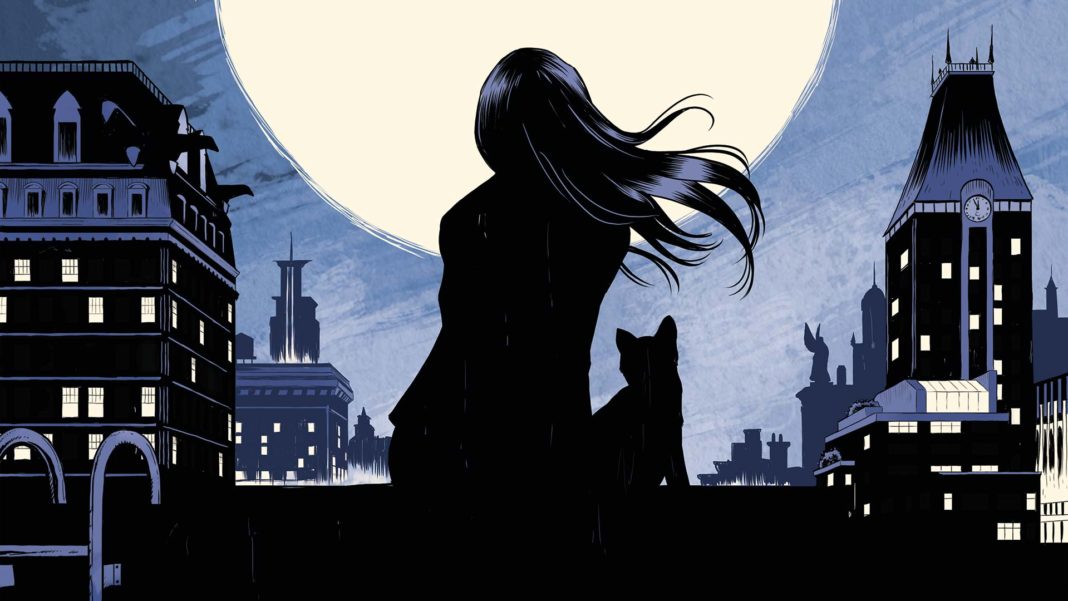
 Under the Moon: A Catwoman Tale
Under the Moon: A Catwoman Tale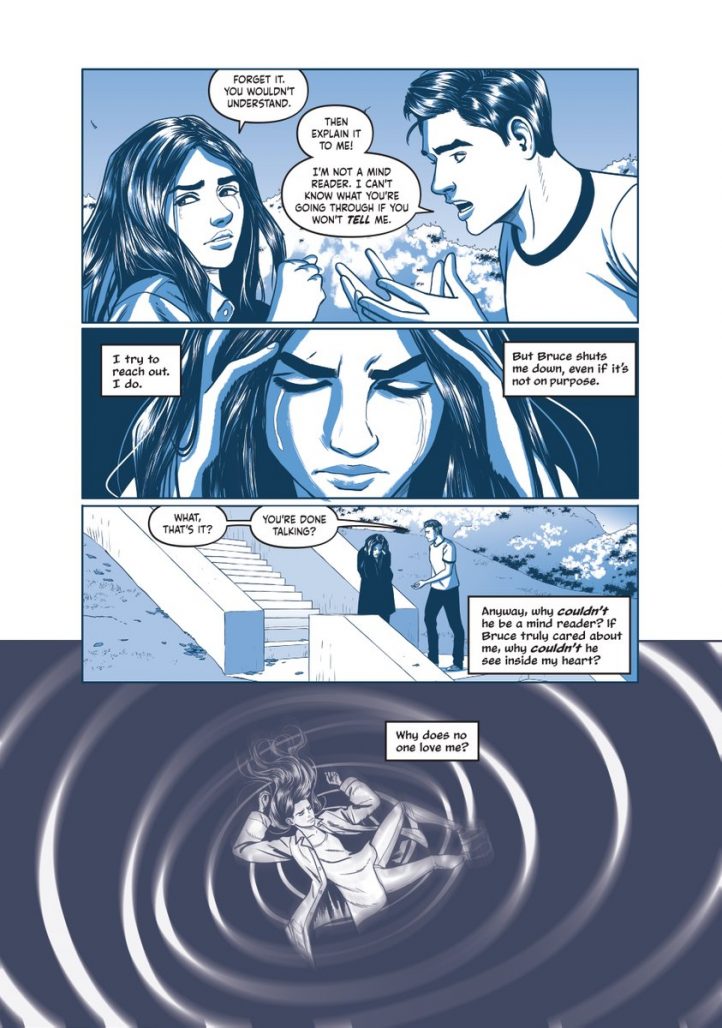
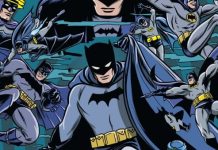
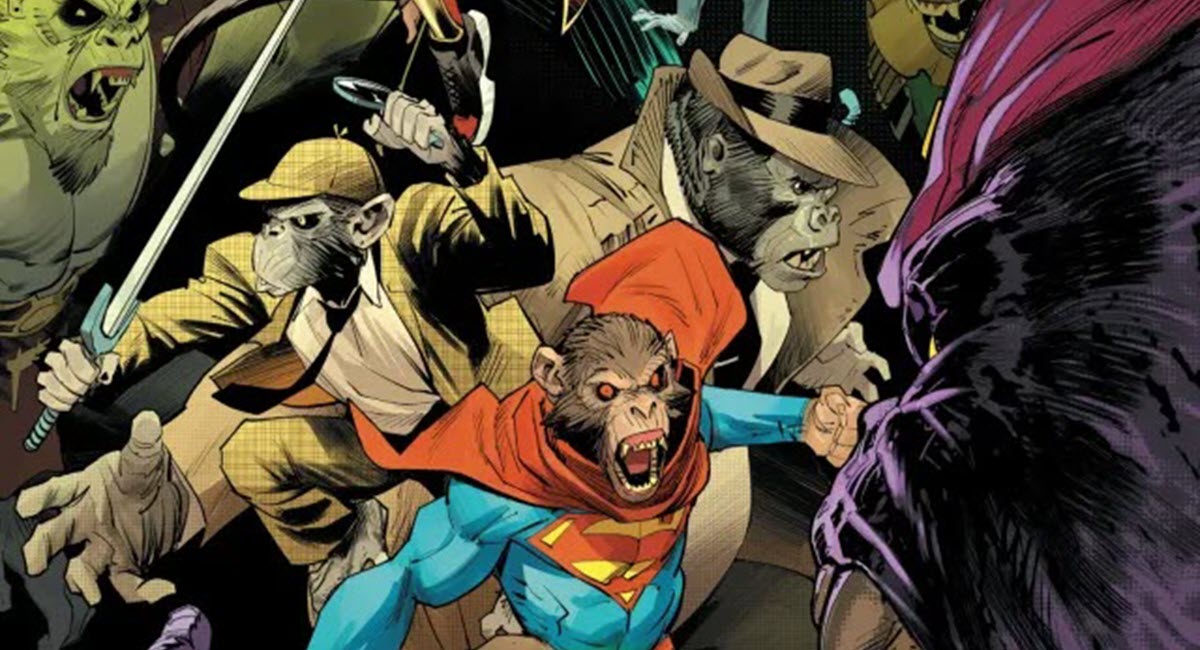
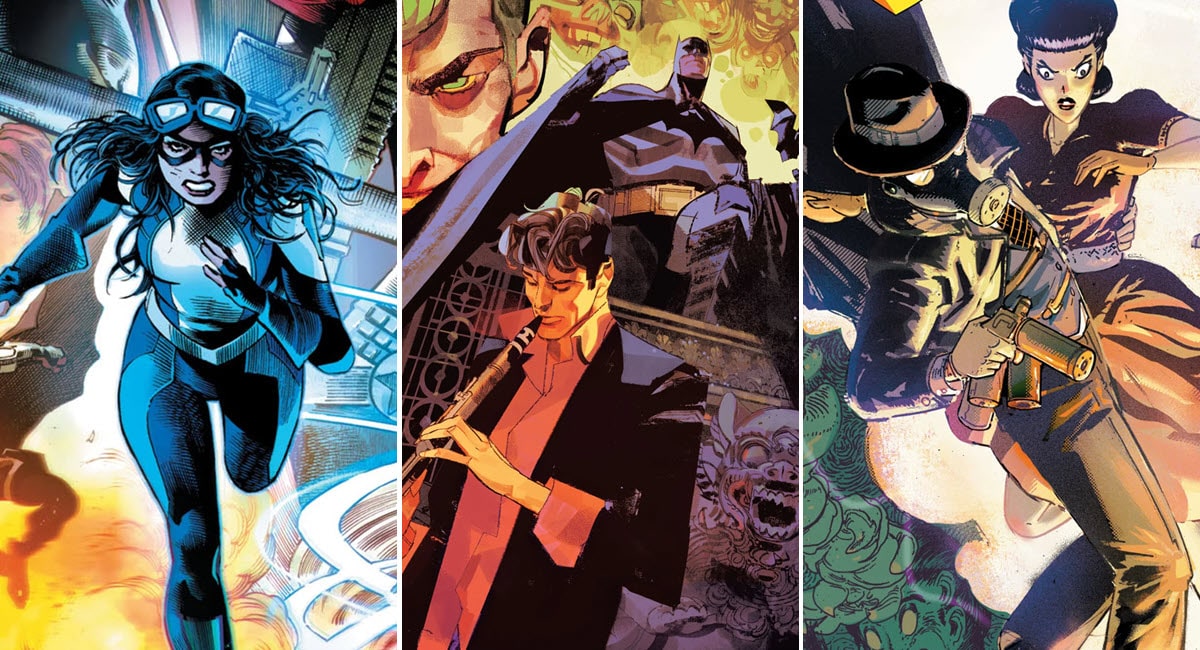



Comments are closed.